We are finally seeing the high-definition (HD) revolution taking place. We will know that it has really happened when the big broadcasters offer HD on their main channels, not on specialist services, and I hope that comes sooner rather than later.
But engineers being what they are, the next big thing is already being planned. One plan is for even higher resolution.
Visitors to IBC last year had the chance to see the Super Hi-Vision demonstration - 16 times the pixel resolution of today's HD. Stunning, but I cannot see it catching on with consumers who will really need a screen filling a fairly large wall to appreciate it.
Resolution does not just mean more pixels. At IBC 2008 the BBC gave a demonstration of what happens when you double the frame rate of HD television. The result is something that appears visibly sharper on today's (large) screen sizes.
But the big buzz seems to be around 3D (yes, I know we should correctly talk about stereoscopic imaging, but let's stick to 3D amongst friends). In a remarkably short space of time - just about two years - this has gone from a one-off demonstration in the USA through practical trials from the BBC to test broadcasts by Sky, so there is a lot of momentum behind it.
Two sides to every story
3D proponents have two sets of arguments. More movies will certainly be made in 3D, not least because it might finally be the application that opens the floodgates to convert cinemas to digital projection. And once 3D projection is installed, the cinema chains will be looking for other content to fill seats.
It could also be a viable home system, with consumer manufacturers already preparing for 3D sets, some of which do not even need special glasses. The Sky demonstration proves that it can be broadcast, too, although today it still needs something approaching twice the bandwidth because, effectively, you are getting two television channels: one for each eye.
So will we all be making 3D programmes in the very near future? Like anything, there are pros and cons:
PROS - In its favour, when you get 3D right it is fabulous. Audiences absolutely love the sensation of “being there.” It is particularly absorbing in sport, always a solid driver of new technology.
CONS - Against that, though, when you get it wrong it is absolutely horrible. Bad 3D can give you a headache, or it can make you so nauseous you have to turn it off. We all have to learn a new production vocabulary.
Very frustrating
Frustratingly, that is particularly important in sport. We are now used to covering football or rugby with 20 cameras, cutting quickly from wide and high to low and tight to keep the action clear for the viewer. That may not work for the 3D viewer: sudden changes of perspective and depth of field will confuse the eye and brain.
But which broadcaster wants to add to the production budget another ten 3D cameras and their operators, plus a second director, vision mixer, and graphics operator? Even assuming you could persuade the stadiums to give up the extra seats that all those camera positions will need.
There are technical challenges, too, not least in the cameras. At the moment 3D means a big and complicated rig which tries to set the optical paths of two traditional cameras about an eye's width apart. Camera manufacturers - like us - have to develop a one-piece 3D model which can be handled and mounted just like its conventional HD cousin.
No compromise
To get back to an earlier point, I think you need to (as a minimum) double the frame rates, as well. Television, we all know, is a compromise, in which a sequence of pictures, many of which include motion blur, are integrated by our brains into an illusion of movement.
But when the motion blur is different in each eye - as it would be in 3D television - it gets confusing, and that is when 3D begins to go bad.
Doubling the frame rate increases the noise in the picture, too, so until the next generation of really sensitive imagers comes along we risk getting visibly worse quality just for the sake of 3D.
For all that, I think we will see 3D television. If pressed for a date my money would be on some demonstrations, probably to cinemas, from the football World Cup in South Africa next year, with practical broadcasts possible from the London Olympics. But there is a lot to do - technically and creatively - to make that happen.
Jan Eveleens is general manager, Image Capture Systems at Grass Valley


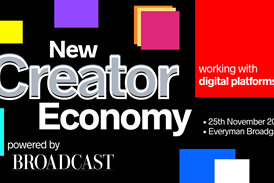
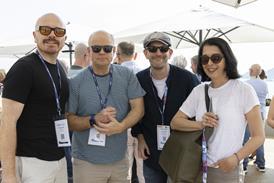
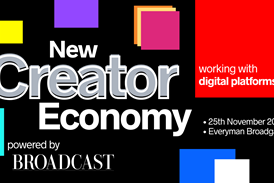



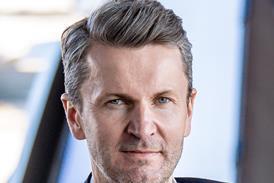

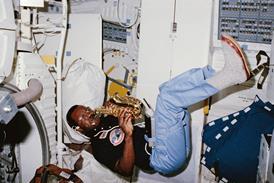
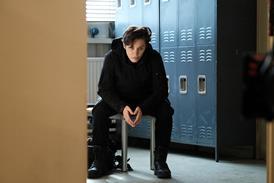

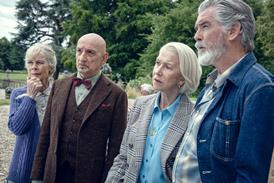





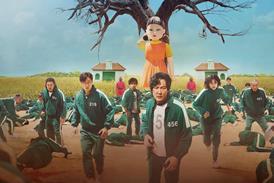
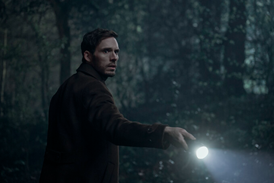
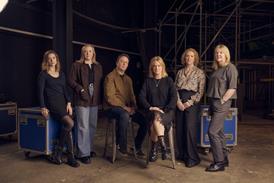



No comments yet